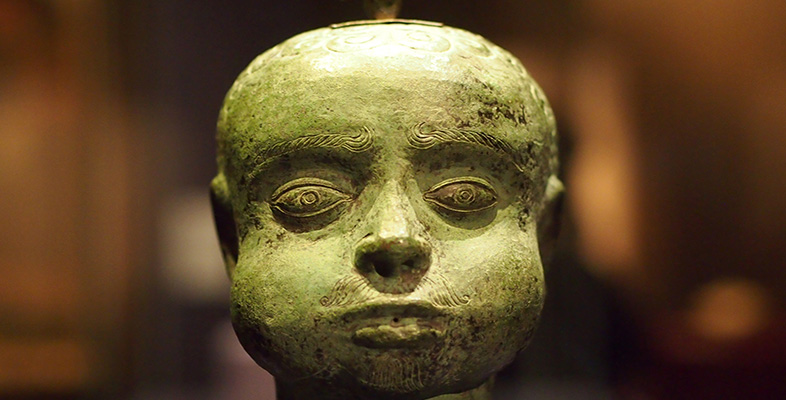Home » Course Layouts » Free Course Layout Udemy
There are a wide range of interactions between 'science' and 'the public'.
0
36
English
English [CC]
FREE
- Learn basic syntax that can apply to any language.
- Learn what is a programming language and the basic concepts for beginners.
- Understand what is Javascript in it's truest form.
- Know the basic syntax of Javascript.
- Know some hidden quirks in Javascript.
Description
Examples range from visiting a museum, or indulging in a science-related hobby, to reading a newspaper article about a breakthrough in the techniques of therapeutic cloning. Many of these interactions could be said to be 'passive'. This free course, Achieving public dialogue, explores the practicalities of the public becoming more 'active' in the direction of science practice by 'two-way' interactions, with dialogue taking place between science and some part of 'the public'.
Course learning outcomes
After studying this course, you should be able to:
- Demonstrate a greater awareness of science-based issues of public importance
- Demonstrate a greater insight into the phrase ‘the public understanding of science’
- Demonstrate a raised awareness of the ways in which the public can be consulted in relation to science policy issues
- Think of ways in which the public might in future become more engaged in decision-making about science that has social impact.
Course content
- Introduction 00:10:00
- Learning outcomes 00:07:00
- How did the notion of public dialogue arise? 00:20:00
- What should dialogue with the public aim to achieve? 00:30:00
-
- Introduction 00:15:00
- Public consultation vs public engagement 00:15:00
- The consensus conference concept 00:20:00
- Consensus conference on plant biotechnology 00:25:00
- Consensus conference on radioactive waste 00:25:00
- How valuable have consensus conferences proved to be? 00:15:00
- The GM Nation? debate 00:45:00
- How might dialogue move on from GM Nation? 00:30:00
-
- Introduction 00:07:00
- How DEMOCS works 00:20:00
- Some issues for consideration 00:40:00
- Final thoughts 00:15:00
- Conclusion 00:03:00
N.A
- 5 stars0
- 4 stars0
- 3 stars0
- 2 stars0
- 1 stars0
No Reviews found for this course.
Instructor
Open University UK
4.8
4.8
14
43384
1068
Explore Free Courses
Access valuable knowledge without any cost.
{"title":"","show_title":"0","post_type":"course","taxonomy":"course-cat","term":"engineering-skills,health-and-safety","post_ids":"","course_style":"free","featured_style":"course6","masonry":"","grid_columns":"clear4 col-md-3","column_width":"268","gutter":"30","grid_number":"4","infinite":"","pagination":"","grid_excerpt_length":"20","grid_link":"1","grid_search":"0","course_type":"","css_class":"","container_css":"","custom_css":""}










